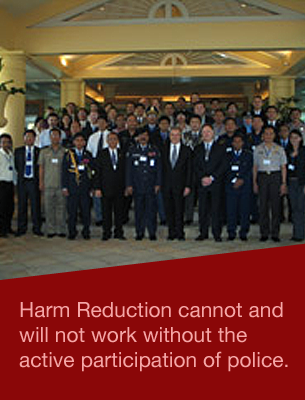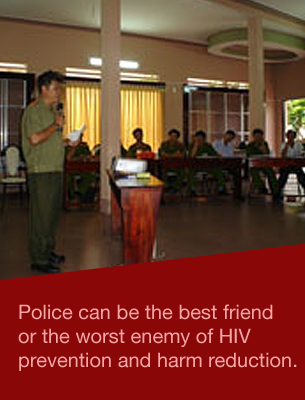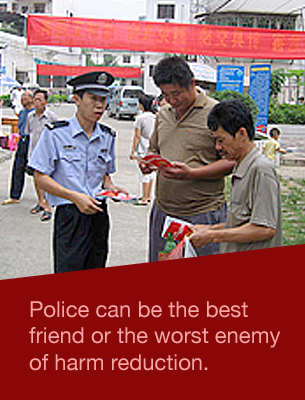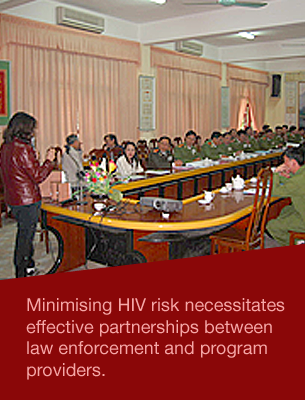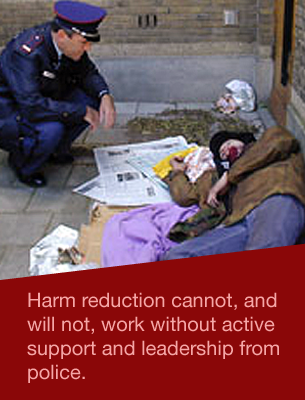A core role of police is to protect the community from violence, and physical and psychological harm. Women are particularly vulnerable to violence based on gender alone. Policing has a significant impact on women’s wellbeing and are well placed to prevent and detect crimes against women. At times, the interests of women are not served by law enforcement either through over-policing or not taking action when it is warranted. The report below highlights how gender-based violence places women at increased risk of HIV. It is essential reading for police who want to learn about gaps in addressing gender-based violence and how they can better fulfill their role as protectors of public safety.
Community innovation: Achieving an end to gender-based violence through the HIV response (Link to report)
Excerpt from the Executive Summary
Gender-based violence and HIV are closely linked. There is growing evidence indicating that women who experience IPV are more likely to acquire HIV, while women and girls living with HIV experience high rates of IPV and other forms of violence. Understanding and addressing the linkages between GBV and HIV is thus vital to ensuring that the rights of women – in all our diversity, living with, affected by or vulnerable to HIV – are upheld.
Women face multiple forms of GBV, including IPV, structural violence and institutional violence. Manifestations of such violence can include violence committed by a partner in the home, abuse of power by police officers or other government officials that perpetrates violence, and forced or coerced sterilization of women living with HIV. In order to reflect the multiple forms and arenas in which GBV exists and is experienced by women and girls, this report explores GBV broadly across sites, communities and in different manifestations.
The case studies presented here are a testament to what communities are doing to address GBV and respond effectively to the needs and rights of women within the HIV response. Each study demonstrates the capacity for innovation, resilience and passion that communities –and women themselves – bring to the table. While further evaluation is needed to build the case for the use of these approaches, experiences on the ground already reveal promising practices that demand further investment and consideration for future interventions.




